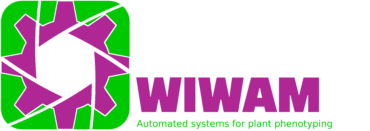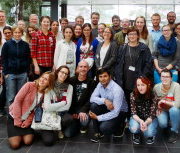Can we predict the final size of maize plants?
Although several approaches to identify genes and networks involved in final organ size have been proven successful, our understanding remains fragmentary. The variation in 103 lines of the Zea mays B73xH99 RIL population was assessed for a set of final leaf size and whole shoot traits at the seedling stage, complemented with measurements capturing growth dynamics, and cellular measurements. Most traits correlated well with the size of the division zone, implying that the molecular basis of final leaf size is already defined in dividing cells of growing leaves. Correlation analysis of the transcriptome of growing leaves with mature leaf parameters allowed to identify genes and processes correlated with the specific traits. Untangling complex traits such as leaf size by applying in-depth phenotyping allows to define the relative contributions of the components and their mutual associations, facilitating dissection of the biological processes and regulatory networks underneath.
Baute J, Herman D, Coppens F, De Block J, Slabbinck B, Dell’Acqua M et al. (2015) Correlation analysis of the transcriptome of growing leaves with mature leaf parameters in a maize RIL population. Genome Biol. doi: 10.1186/s13059-015-0735-9.
Joke Baute presented these scientific findings on national television. watch the video (Dutch only)



